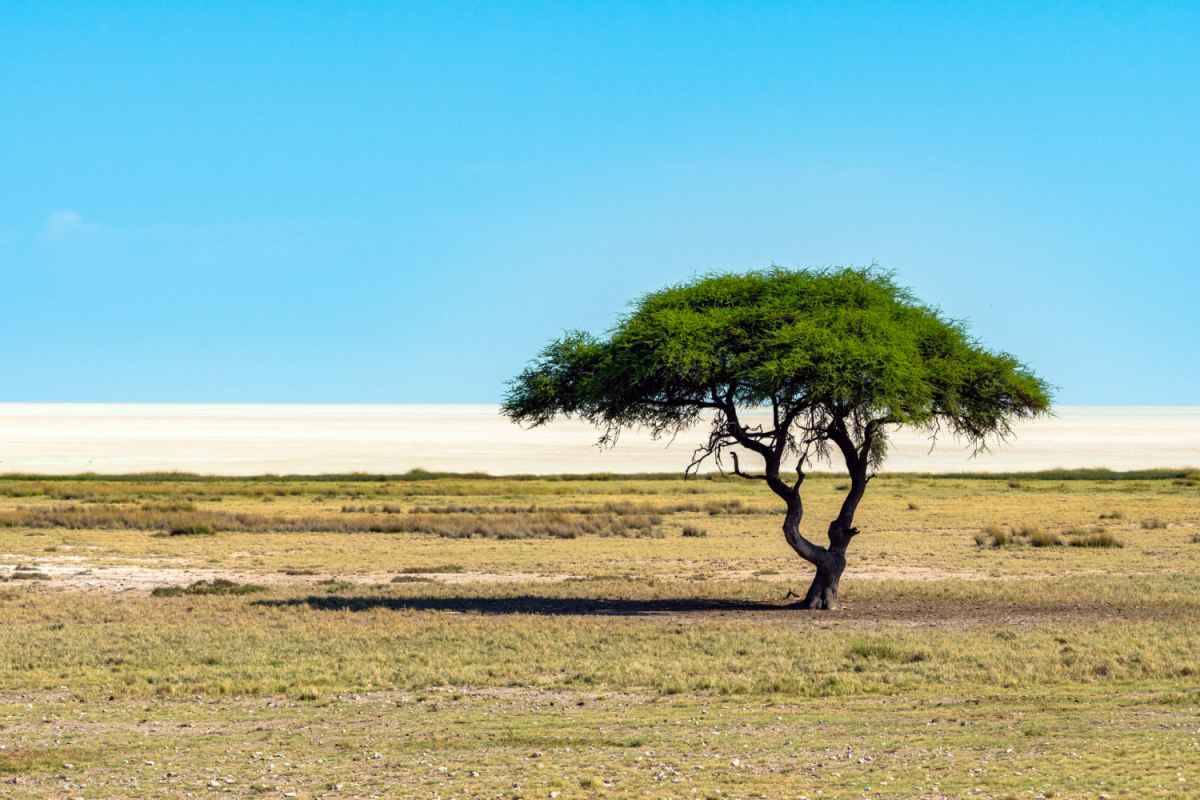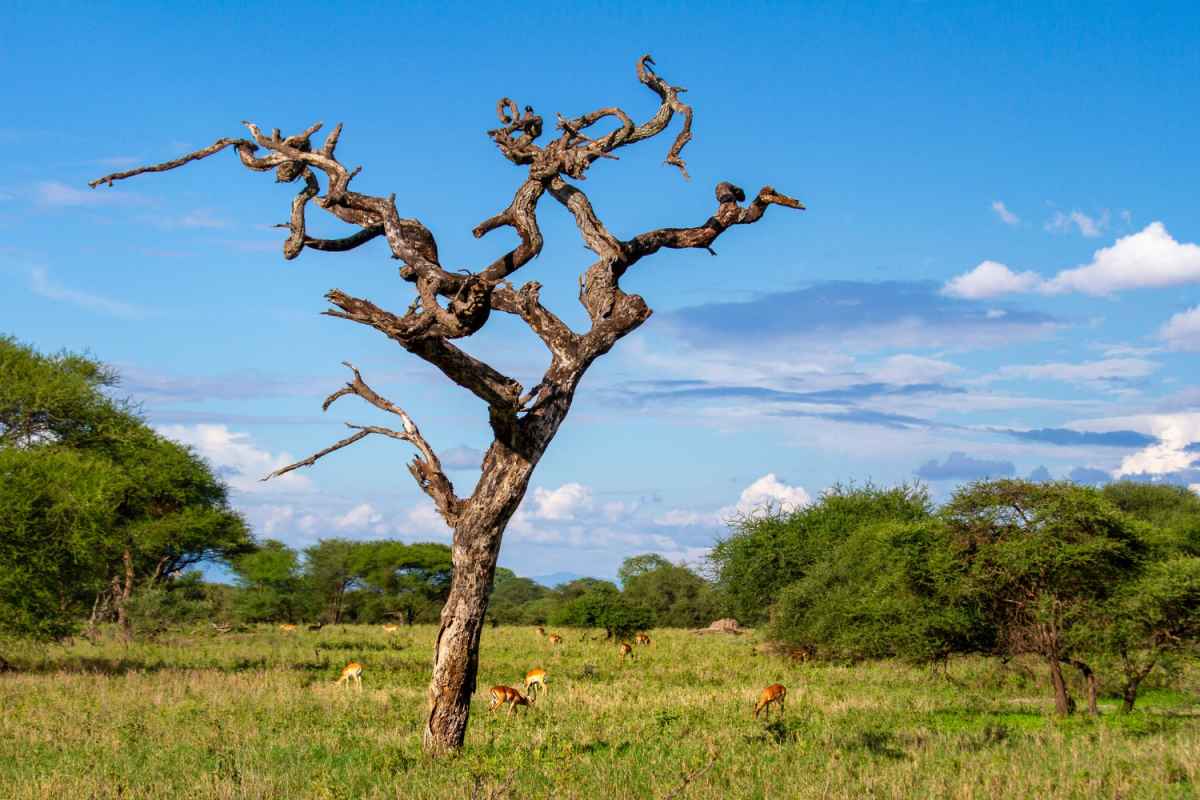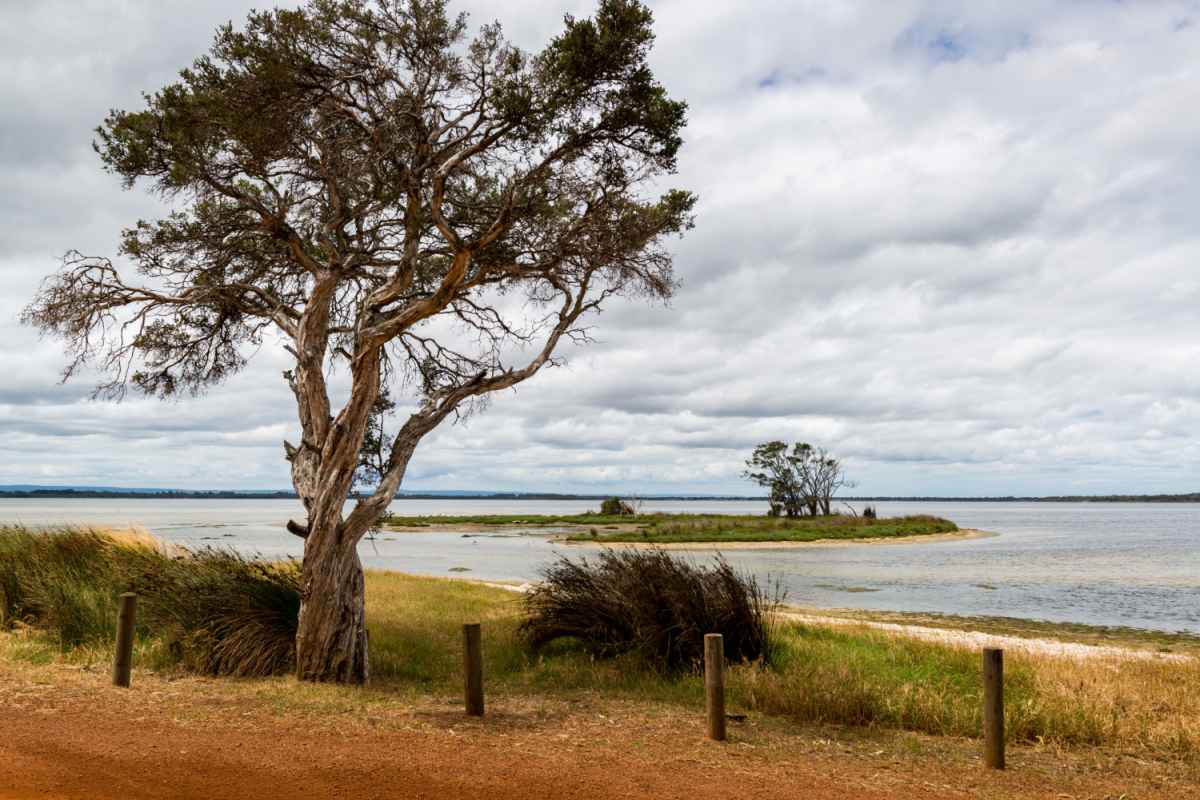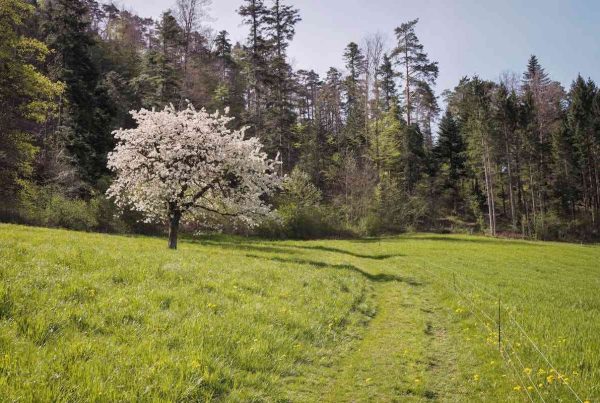Dragon tree (Dracaena marginata) is a tall plant with green, sword-like, and red leaves. This beautiful tree originates from Madagascar. It’s a great tree for new indoor gardeners. It is easy to care for, drought-tolerant, and virtually indestructible.
Want to make Furniture? Here is ready [eafl id=”6176″ name=”16,000 Woodworking Plans” text=”16,000 Woodworking Plans”]

Madagascar Dragon Tree Care
This slow-growing tree can take up to ten years to reach a height of a few metres. But, it can eventually reach a height of 20 metres. However, it is often grown as a houseplant and pruned to 1.8 metres or less.
Keep dragon tree away from animals as it is toxic to animals if swallowed.
| Common Names | Dragon tree, dragon plant, Madagascar dragon tree |
|---|---|
| Botanical Name | Dracaena marginata |
| Family | Asparagaceae |
| Plant Type | Broadleaf evergreen |
| Mature Size | 15–20 ft. tall, 3–10 ft. wide |
| Sun Exposure | Full sun, partial shade |
| Soil Type | Loamy, well-drained |
| Soil pH | Neutral to acidic |
| Bloom Time | Spring (rarely flowers indoors) |
| Flower Color | White |
| Hardiness Zones | 10–12 (USDA) |
| Native Areas | Madagascar |
| Toxicity | Toxic to dogs, toxic to cats |
Dragon Tree Care
Dragon trees are popular as large trees for homes and offices. There are several important requirements that must be met.
-
- Plant in well-drained soil.
- Water regularly during growth.
- Place it in a bright, direct light location, but it can thrive in a variety of lighting conditions.
- Fertilizer in early spring.
Light
Place your dragon tree in a location that receives plenty of direct light. Plants can also survive in partial shade. Remember, plants in lower light grow slower. They also make smaller, less colorful leaves. Also, be sure not to expose your dragon tree to direct sunlight; the leaves can easily burn.2
Soil
Use loose, well-draining potting soil for your potted dragon tree. The soil should be poorly adapted and have beautiful moss. Make sure the container you choose has enough space. It needs to hold a full chemical system. Some varieties are imported from Hawaii and come with lava rock. If so, remove about one-third of the rock and replace it with potting soil.
Water
Wait for the first part of the soil to dry before watering the dragon tree. This may take three weeks or longer. Like most drought-tolerant trees, the dragon tree can be flooded.
Temperature and Humidity
Keep your dragon tree warm, at 70°F to 80°F. Normal indoor humidity should be fine. However, if your home is very dry, use a spray bottle.
Fertilizer
Feed the dragon tree lightly with a factory-made fertilizer in early spring. They need little fertilizer. It’s not necessary for a flowering plant. But, it can promote new growth. Ninety-seven leaves, an elephant descends among the leaves.
D. marginata ‘Colorama’ may seem completely dark. But, it’s actually distinguished by white and green stripes. It requires a lot of light to maintain its unique colours.
True to its name, D. Marginata ‘Bicolor’ displays red and green colours.
Pruning
It is quite normal for a dragon tree to shed its dead leaves; just choose them.
To keep the plant healthy and beautiful, prepare the soil. Do this by removing leaves that look about to fall off. Or, cut off the upper part of the plant with sharp scissors.
Propagation of Dragon Tree
You can propagate your dragon tree by using water-based rootstocks. In fact, it is very easy to grow. It is commonly used in food gardens and is sold by nurseries and retailers.
It is best to do this in the summer months when the plant is growing the most. It only takes three weeks for the plants to establish roots, and there is no need to use root fertilizer.
-
- Cut a 20-centimetre piece from the stem with sterile, sharp scissors.
- Remove overhanging leaves.
- Place the cutting into the clay.
- Place the cutting in full sunlight, but not in direct sunlight.
- When new leaves grow, you know the plant has produced new roots, and you can care for the plant as usual.
Potting and Repotting a Dragon Tree
Check your dragon tree at least once a year to see if it needs repotting. Look at the base of the plant to find roots poking through the water. This indicates that the tree is root-bound and requires a larger pot.
Select a new pot. It should be about five inches wider than the one you have. Make sure it has one or more holes in it.
These trees are slow to grow. So, they usually need repotting every second or third year. In the meantime, you can repot the potting soil every year to replace compacted soil.
Dragon trees are also prone to common pests, such as spider mites. These mites appear when it’s hot and the air is very dry. But, they are hard to detect until they have damaged the plant.
Common Dragon Tree Problems
Although dragon trees are easy to care for, there are a few points to keep in mind.
Falling Leaves
Too much water can cause dragon tree leaves to turn yellow and fall off. These trees are very sensitive to moisture in their roots. Monitor soil conditions frequently to avoid this issue. If you feel the soil is two inches wet, that’s a sign you’ve gone too far with watering.
Dripping Leaves
If you notice your dragon tree’s leaves drooping, this may be a sign that the plant is thirsty. Do not wait for the plant to wilt before watering. If the lower leaves lose more weight than the rest of the plant, this may be a sign of rot. To prevent problems, be cautious not to overwater the plant.

Tree without Leaf
Black leaves or black leaf tips
If the soil is too wet or too dry, the dragon tree’s leaves may begin to wilt. Make sure you maintain a good balance when watering. Also, dryness can make buds turn brown. Then, the leaves will disappear. To achieve humidity, place the plant in a plate filled with pebbles and water or use an iron.
Black spots on a plant’s leaves mean that the water you are using has too much salt or fluoride. This water may cause discoloration. Water your dragon tree with distilled or fluoride-free water to prevent fluoride buildup.
Crispy Leaves
If you notice that your dragon tree’s leaves are thin, this may be a sign that the plant is getting too much sunlight. Leaves can curl and crack when exposed to too much light. For best results, it is recommended to place the plant in direct sunlight or partial shade.
Yellow Leaves
In some cases, you may notice that the leaves of your dragon tree are turning yellow. This may be a result of too much sunlight. Leaves may burn, become discolored, and begin to drop. Move the plant to a sunny spot. Do this before it becomes completely damaged. Yellow leaves can also be a sign that the plant needs more or less water. Make sure you get the balance right.
Questions
How big does a dragon tree grow?
Dragon Tree is a slow-growing plant that takes 8 to 10 years to reach a height of 2 to 3 meters. It can reach a height of 6 meters indoors, but outdoors it can reach a height of 20 meters after 30 years.
Do dragon trees need large pots?
The dragon tree pot should be large enough for its large roots. Although they may not need a large pot at first, this will change as they get older.
How long does a dragon tree last?
A dragon tree can thrive for centuries in its forest habitat. As a houseplant, a dragon tree can grow to be 15 years old under good conditions and with proper repotting.
Does a dragon tree bloom?
Dragon trees do not like to bloom or flower when grown indoors. If grown outdoors in good weather, the dragon tree will have small white flowers in the summer.



